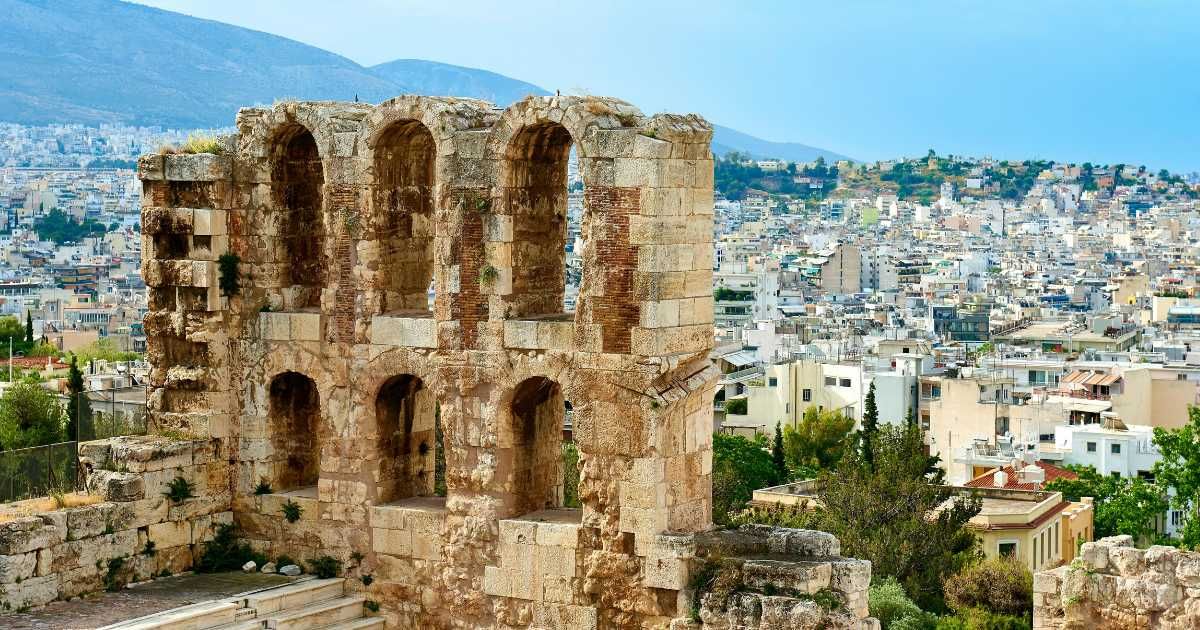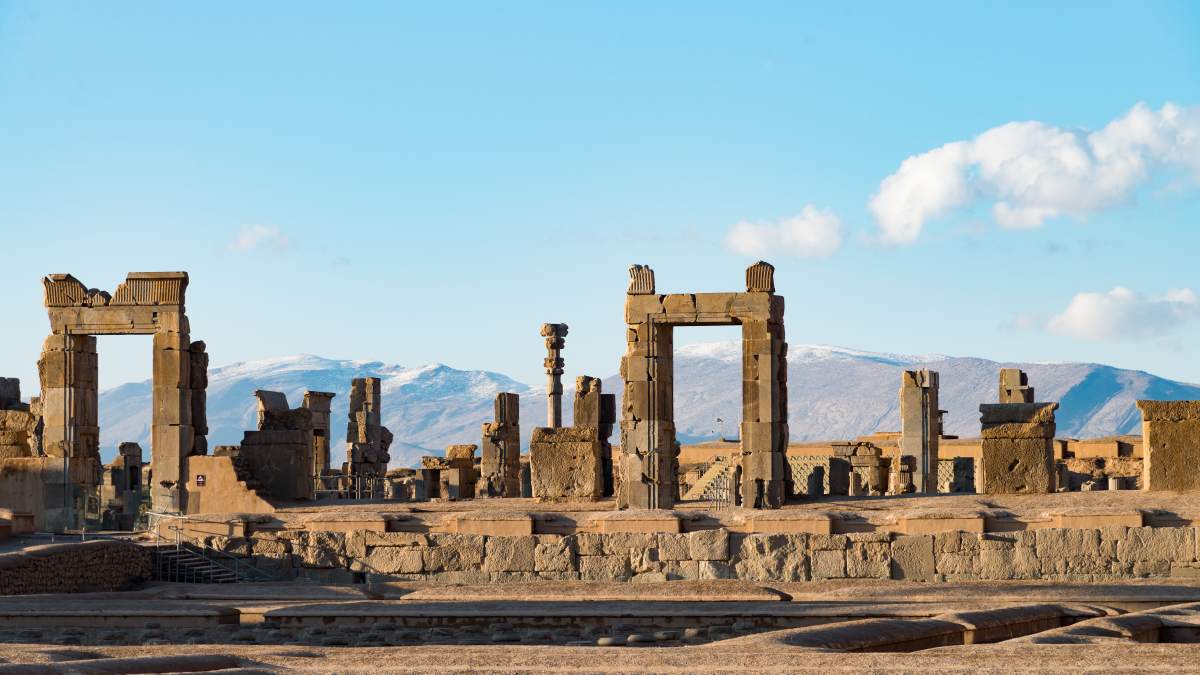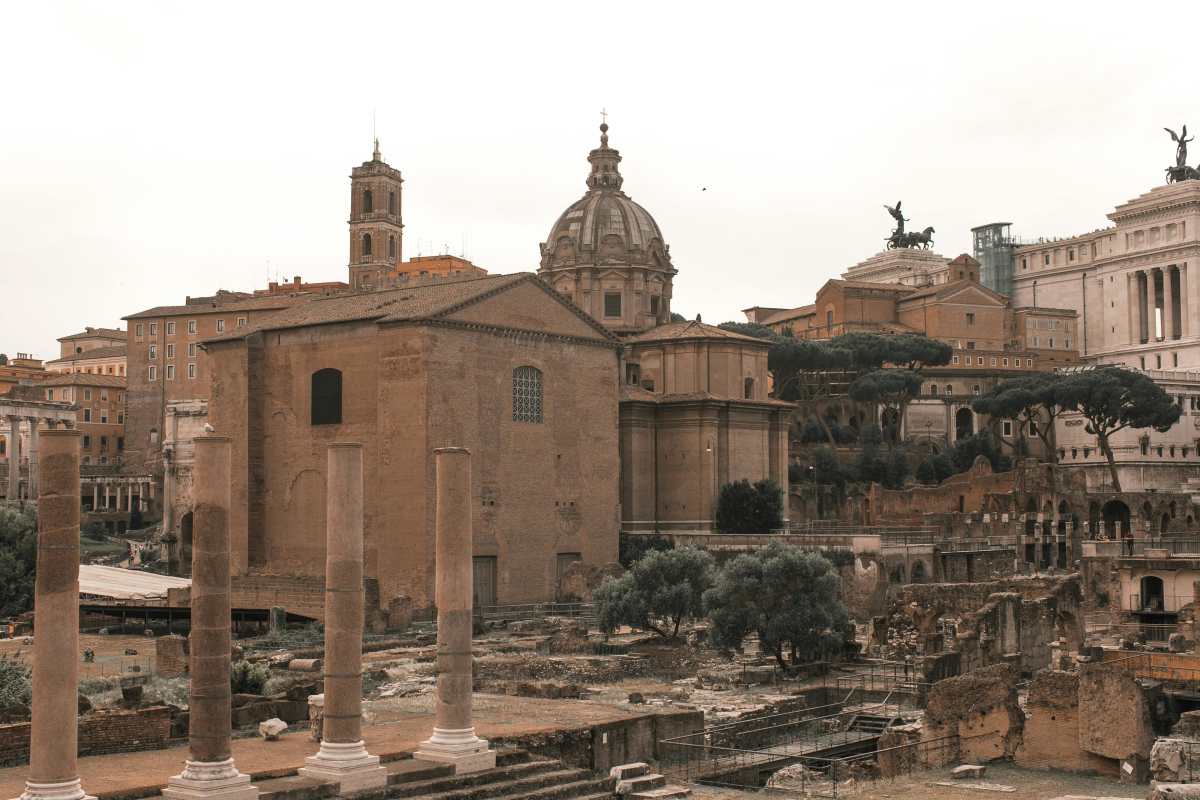Egyptian archaeologists uncovered residential buildings from lost Coptic city, depicting early Christianity

A stunning finding has arrived from the land of the Pyramids. The finding is essentially remnants of a possible residential city that supposedly dates back to the early Coptic period, according to Egyptian Streets. Researchers detected the evidence at Ain al-Kharab in Egypt's Western Desert. The team is hopeful that exploration of this residential city will provide more insights into Egypt's complex history. Based on the data, experts speculate that the region may have witnessed several cultures at different points in time. The city's discovery was announced by the Ministry of Tourism and Antiquities in July 2025.

Discovery of the City
The settlement was detected in the Kharga Oasis by an Egyptian Archaeological Mission. The site is crucial, as it is wedged within the Islamic and Coptic archaeological zone of the New Valley Governorate. Considering the important contexts in which the city has been spotted makes it a crucial aspect of Egyptian history. The archaeologists discovered remnants of tombs, churches, residential construction, and a mural featuring Jesus Christ healing a sick individual at the site. The Rosicrucian Egyptian Museum states that the Coptic period lasted from the third to the sixth century CE in Egypt.
'Transitional' Phase of Egypt
Past examinations have found that from the 3rd century BC to the 2nd century AD, the region hosted a community that practiced polytheistic traditions. In the following centuries, the culture shifted, and Christianity entered. Researchers believe that the evidence garnered from the ancient city was constructed during the 'Christian era' of the region. The discovery further backs the claim that the site remained a pivotal religious and social center across a long period of time, from Paganism to Christianity.
Researchers are optimistic that the discovery will shed light on the transitional phase that the country underwent with the arrival of Christianity and how people dealt with the transformations, according to the State Information Service. "This find enriches our understanding of religious transition in Egypt and highlights the values of tolerance and cultural diversity deeply rooted in our history," Minister of Tourism and Antiquities, Sherif Fathy, said.
Findings from the City
Mohamed Ismail Khaled, Secretary-General of the Supreme Council of Antiquities (SCA), believes that the unearthed evidence associated with the city could shed light on the living conditions of Early Christians in the area. In the residential construction remnants, archaeologists detected several mudbrick homes. These homes were supplied with plastered walls, with storage spaces and service areas. In the storage portion, there were massive pottery jars, which experts believe were used by the group to preserve food and grains for a long time. The service areas had daily-use ovens, possibly used for cooking. Archaeologists found traces of two possible churches in the city. One appeared to have been a huge basilica-style church that contained a central hall featuring two aisles.

These aisles were apparently kept apart by multiple square columns. In this construction, the service buildings were placed in the south. The second church was smaller and rectangular, with Coptic inscriptions still legible on the interior walls of this structure. Until now, seven exterior columns have been located in this church. For this worship place, the service buildings were established on the western side. Other items collected from the site include burial remains, ostraca, as well as glass and stone artifacts. Since the site had been in use across several periods, there is a possibility that the buildings also underwent adaptation to change their Roman influence to Christian. Authorities believe that such findings reflect Egypt's diverse heritage and enduring legacy.